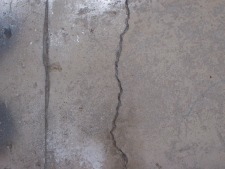Our structural inspections include:
- Inspection of the condition of roofing,
- chimney, flashing and cap
- Attic, louvers, dry rot and water leak evidence
- Insulation and vapor barriers
- Ceiling, walls, cracks, floors, stairs
- Windows and doors
- Gutters and leaders
- Condition of the building exterior
- Posts, girders, lally columns, joists, structural supports
- Grading around building
- Conditional of basement (moisture and leaking)
- Crawl space and ventilation
- Overall condition of the building and framework
- Plumbing system
- Electrical system
- Heating & Air Conditioning systems
- Hot water systems
For an additional fee, R.J.D Home & Property Inspections also provides radon in air, radon in water, water quality testing, wood-destroying insect damage reporting, well evaluation, and mold testing.
Have a Question?
Click here to fill out our online information request form




